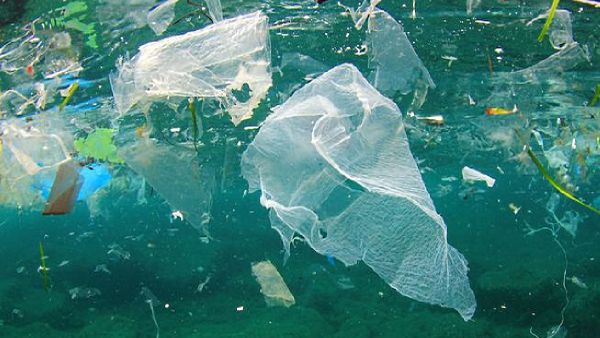There's far too much plastic in the world's oceans, and the problem continues to build. Every little bit of plastic that gets tossed into the ocean or swept downstream out to sea either sinks or is picked up by currents. Much of it is eventually carried into one of five massive ocean regions, where plastic can be so concentrated that areas have garnered names like the "Great Pacific Garbage Patch."
While "garbage patch" might make you think of something you pass by on the side of the road, the Great Pacific Garbage Patch in the North Pacific Ocean is less like a patch and more like a massive swirling vortex. Some scientists say that it is more than three times the size of Spain and more than twice the size of Turkey or Texas.
And it's growing and collecting more plastic rapidly, according to a study published in Scientific Reports by researchers associated with the Ocean Cleanup Foundation.
There may be more than 16 times as much plastic in the vortex than previous studies have estimated, according to the researchers behind the study.
An aerial view of the Great Pacific Garbage Patch might at first appear to be open water. But inside there's debris from all over the world - debris that traps or is eaten by marine animals, filling up their bodies to the point of being fatal and tainting our food supply.
More than 320 million metric tons of plastic are produced every year - and a disturbing amount ends up in the ocean, with much of it accumulating in places like the Great Pacific Garbage Patch.
Click HERE to read the full story with photos on BusinessInsider.com.


